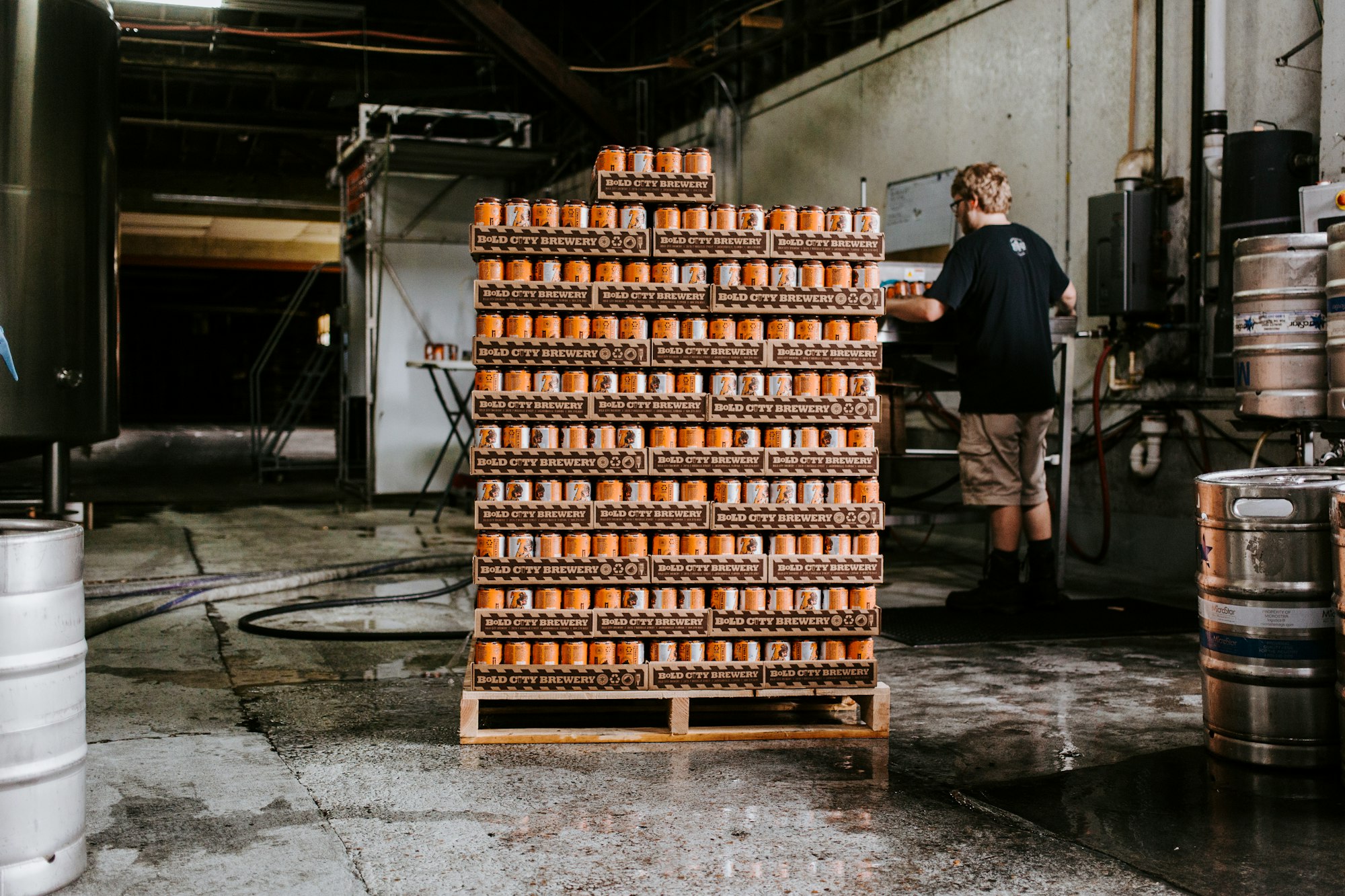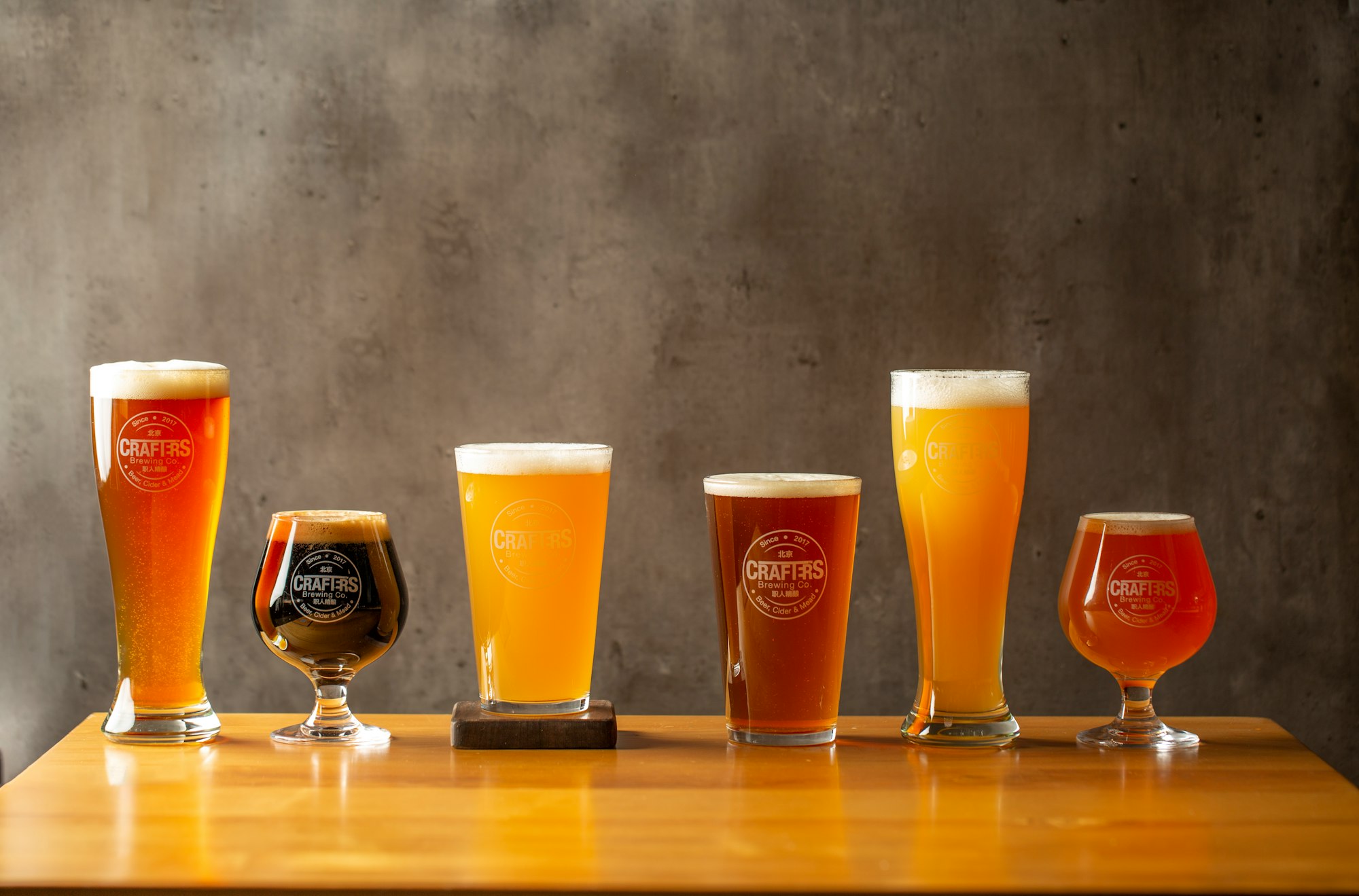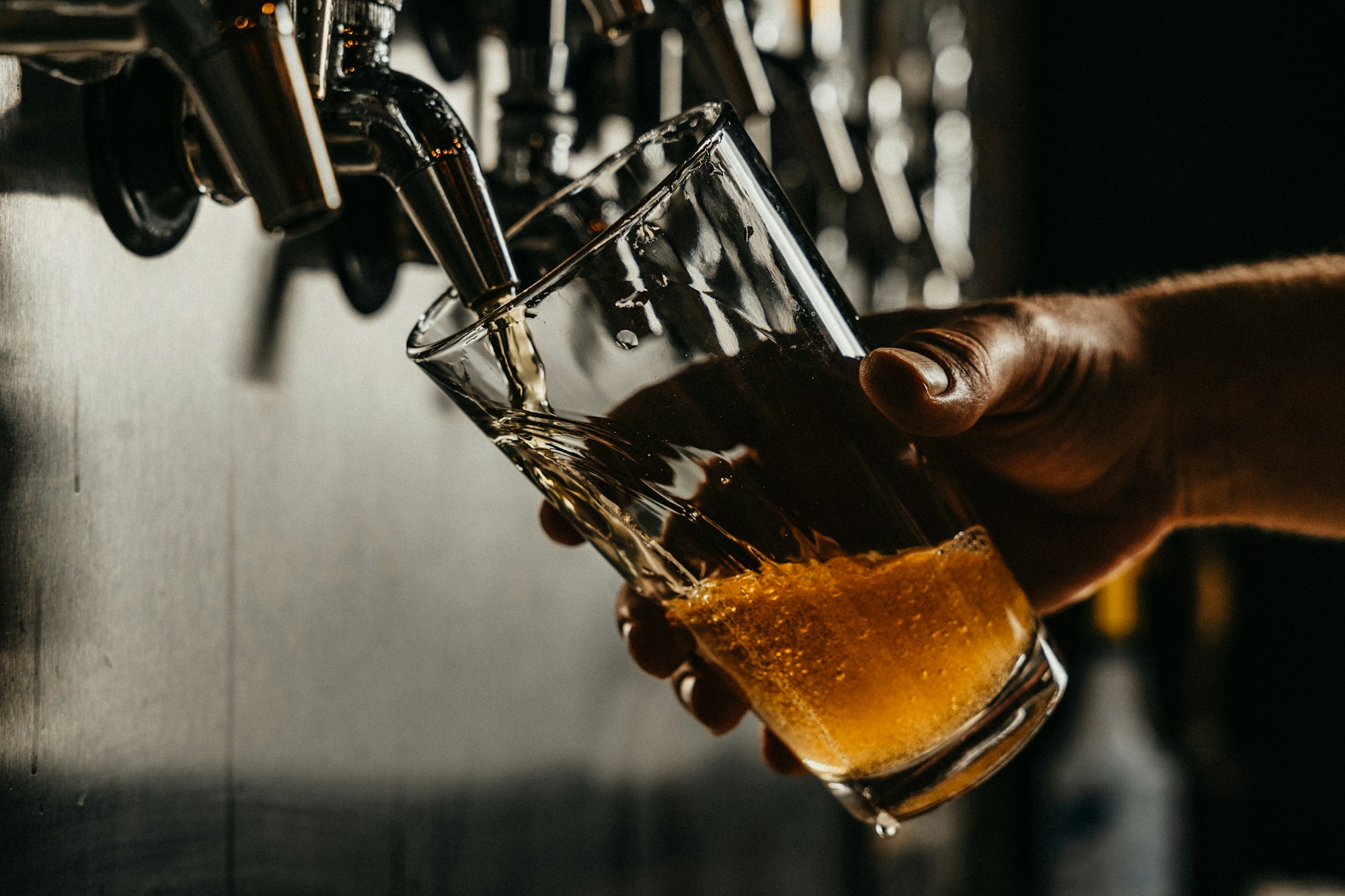A guy walks into a bar. The bartender asks ‘what’ll it be?’. But something’s amiss. There’s no normal beer available! Instead, there are 20 glistening stainless steel taps, adorned with what can only be assumed are labels. And then it clicks, this must be one of those craft beer bars...
Do you;
A) Ask, ‘what is a craft beer?’
B) Quickly pick whatever is cheapest or looks vaguely familiar?
C) Get out of there and find a normal bar!
Craft beer can be an intimidating topic to approach if you’re completely new to it, and as such, you might be inclined to pick C, or at least B first, chug, then C. However, with craft beer rapidly becoming more widespread around the world, maybe it’s worth finding out what all the fuss is about. After all, life is all about trying new things, or so the guy on the internet says!
This brief guide will provide you with a basic definition of craft beer, so that next time you find yourself staring down a tap list, you’ll have some idea of what you’re getting into!
A basic definition of craft beer
What is craft beer? How is it different from normal beer? Who drinks it? How is it made? Around the world craft beer can mean different, but similar things, though the following 5 characteristics provide a common foundation.
Craft beer is made on a small scale
Whereas what most of us know as normal beer is produced in huge, mostly automated beer factories that are capable of pumping out millions of liters of beer per day, craft beer is generally made on a much smaller scale. Particularly where craft beer is a new concept, craft breweries typically only produce batches of around 10 barrels (just over 1,000 liters) of beer at a time.

Photo by Wade Austin Ellis / Unsplash
The brewing process is generally very hands on, with little, if any automation. As the world of craft beer has matured, craft breweries have grown, and many are far larger than they once were, though there is still an emphasis on keeping the process as hands on as possible.
Craft beer is independent
One of the most definitive characteristics of craft beer is that craft breweries are independently owned, rather than owned by one of the larger, industrial scale breweries such as Heineken. In the early days of craft beer, many breweries were brewer owned, with perhaps a small team to help out. This independence makes them more personal, and there’s a strong sense of community, rather than aiming to be a global super brewery.
Craft beer is made using traditional methods
Craft beer is typically brewed using the 4 traditional ingredients; malt, water, hops, and yeast. There’s a focus on quality rather than cutting costs and improving profit margins, and the brewing process requires patience. The enzymes, super-yeasts, and preservatives that are used by industrial breweries, are frowned upon in the world of craft beer. This leads to a healthier, more natural product that is less likely to give you a killer hangover.

Photo by Markus Spiske / Unsplash
Craft beer is innovative
While sticking to traditional brewing processes, and quality ingredients, brewers of craft beer are generally also keen to experiment, and brew more than just 1 or 2 types of beer. Brewers are constantly on the search for exciting new hop or yeast varieties that deliver entirely new flavors and experiences, as well as more unorthodox ingredients, such as fruits, coffee beans, or herbs. Whole new beer styles have been created since craft beer surged into life almost 40 years ago, while many ancient styles have been resurrected and given a modern twist.
Aside from exciting styles, craft beer exists in hundreds of forms to suit an ever-changing market, such as filtered or unfiltered, vegan, gluten free, low-calorie or zero-alcohol. Innovation extends past the beer itself, and can be seen in marketing techniques and branding, with vibrant, colorful can or bottle designs, and personalized stories.
Craft beer is more flavorsome than normal beer
Combine all the previous points, and you’re left with a beer that is often packed full of flavor and aroma. Craft beer often looks, smells, and tastes very different to normal beer, which is typically clear, yellow, and rather flavorless, since most of the good stuff has been filtered out. From beer to beer, you can taste anything from toffee to coffee, to fruit salad and citrus, and everything in between.
Craft beer styles to look for
Okay, so we have a definition of craft beer, but how do you know what to ask for at the bar or bottle shop? It’d be impossible to list every single style right here, but we can cover the most common and still get your taste buds tingling.

Lager and pilsner
These are the most commonly brewed beers around the world, particularly by industrial breweries. As such, they’re the most familiar and are a great way to ease into craft beer. Golden yellow, traditionally crystal clear, they have a light, clean flavour and a dry, slightly bitter finish. Craft versions may be a little hazier as they’re often unfiltered, but will also offer much more flavor, such as delicious bready malts.
Stout and porter
These dark beers have roasty flavors reminiscent of dark chocolate or coffee. Lightly carbonated, they’re full of rich flavor and are great for cooler weather.
IPA
Perhaps the definitive craft beer style, IPA means India Pale Ale, and they’ve come a long way over the years. Most versions are extremely hoppy and full of aromas of citrus, pine, or exotic fruits, and can be very bitter or soft and juicy depending on the sub style.
How to discover more about craft beer?
Now that you’re armed with the basics, it might not be enough to simply know what is craft beer, you need to try it! Head to your nearest craft beer bar or bottle shop and give it a go! Take some friends and discover what your tastes are together. Don’t be afraid to ask the bartenders and vendors questions about the beer they have on offer, there’s always more to learn, and often you can try a sample before you buy.
To delve deeper, there’s a whole community of craft beer lovers out there, and chances are there are special events in your area. Intimate meet the brewer events and local brewery tours are a great way to discover more about how beer is made, while enjoying a whole host of new taste sensations. Alternatively, why not see if there are any craft beer festivals coming up in your area, where you can explore the many styles of craft beer in a fun and relaxed environment.
Whatever you do, the most important thing is to enjoy yourself. Craft beer is taken way too seriously sometimes, but it doesn’t have to be! Most folk simply enjoy sipping a more flavorsome brew, and appreciate the fact that it’s made locally, with quality ingredients. Cheers
